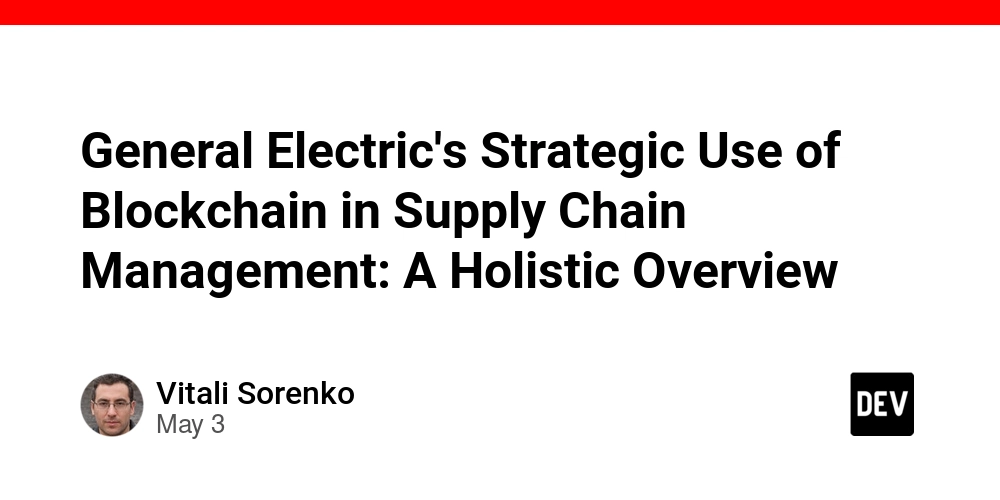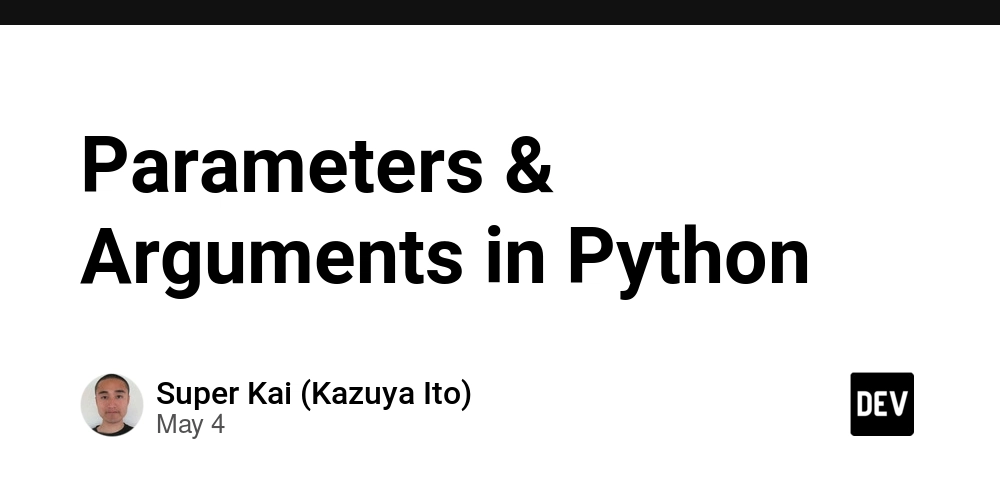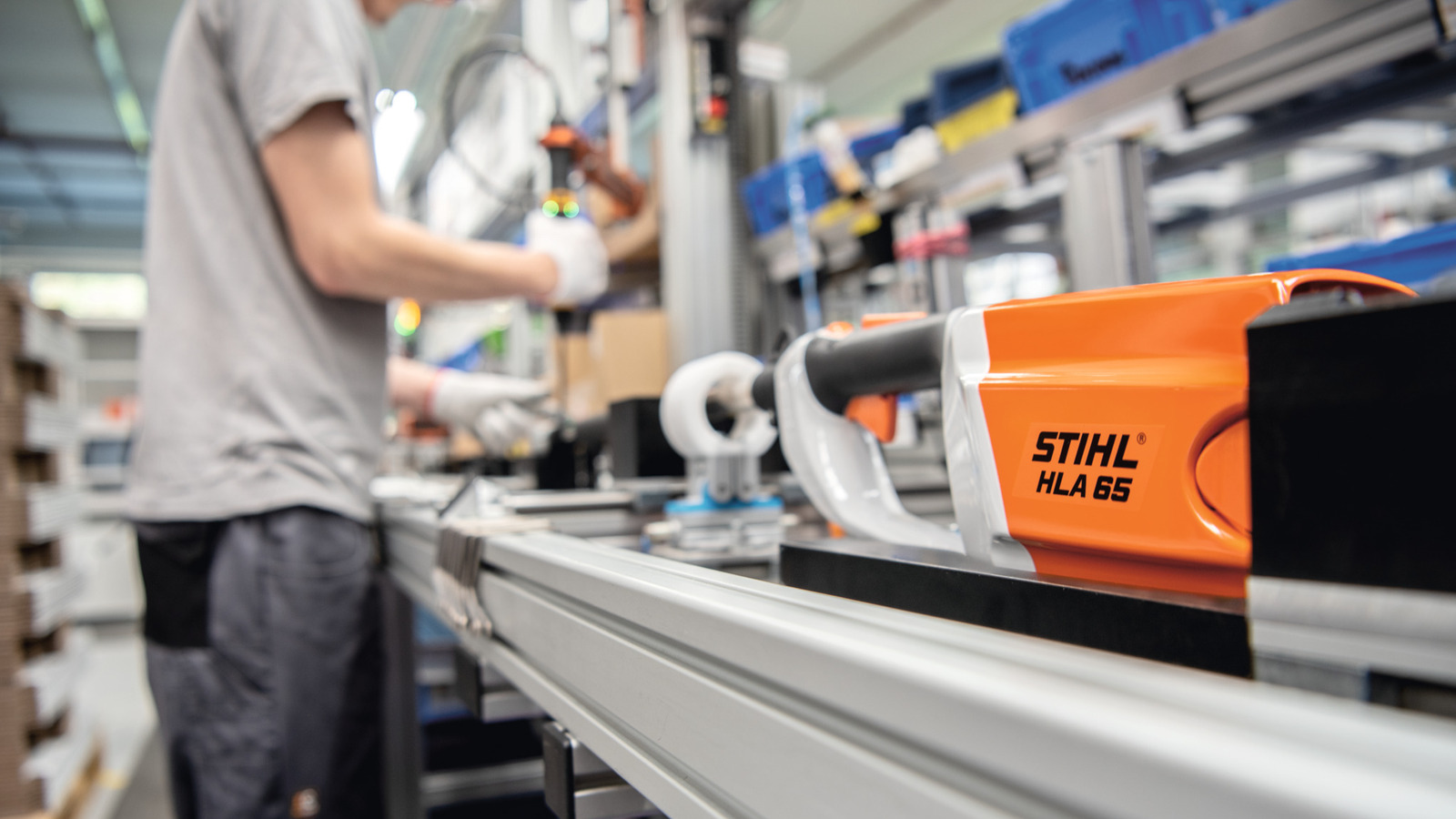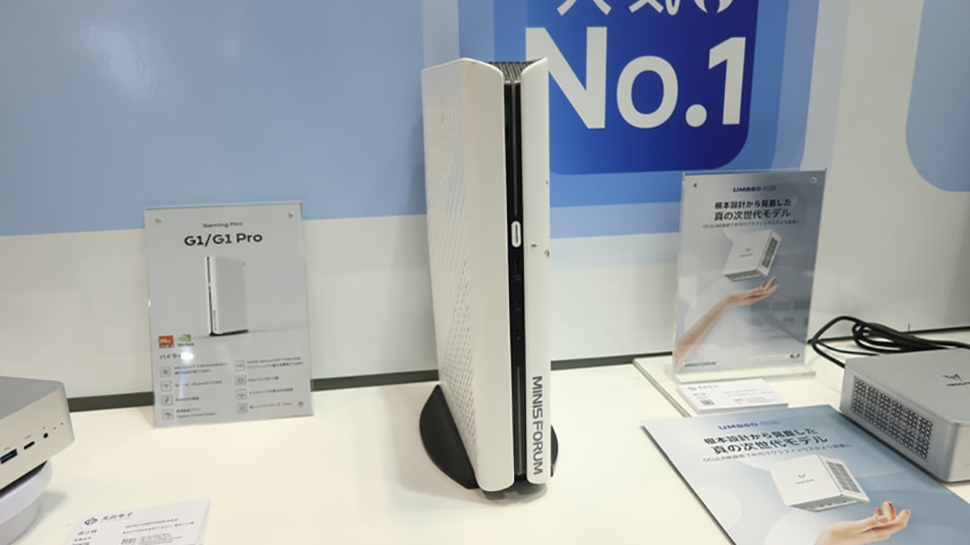General Electric's Strategic Use of Blockchain in Supply Chain Management: A Holistic Overview
Abstract This post examines how General Electric (GE) leverages blockchain technology to revolutionize its supply chain management. We explore blockchain’s core principles, GE’s strategic rationale, key advantages, and challenges while integrating technical insights, real-world examples, and future outlook. Additionally, we provide practical use cases and insights from industry experts, drawing on resources such as IBM’s Blockchain Basics and GE’s Innovation Platform on Blockchain. The post includes structured data in tables and bullet lists to aid clarity and SEO optimization. Introduction Blockchain is no longer just a buzzword in the digital age; it is a transformative technology that is reshaping how companies manage information, transactions, and supply chains. General Electric (GE) is at the forefront of this revolution. By integrating blockchain technology into its supply chain management processes, GE aims to improve transparency, traceability, security, and operational efficiency. In this post, we will explore GE’s strategic use of blockchain, understand its benefits and challenges, and look at the potential future impacts of this emerging technology. As GE’s initiatives inspire innovation across industries, this detailed exploration will provide both technical insights and practical examples. The discussion is grounded in GE’s original article on blockchain’s role in supply chains, available at GE Blockchain Supply Chain Efficiency. Background and Context Blockchain is fundamentally a decentralized and immutable ledger system that provides a high degree of trust between parties without the need for a centralized authority. This technology is built on cryptographic principles that ensure data integrity and transparency. Over the past decade, blockchain has evolved from a niche technology into a core component in sectors such as finance, healthcare, logistics, and manufacturing. History and Definitions Blockchain Technology: A digital ledger system that records transactions in a secure, transparent, and tamper-evident manner. Decentralization: Instead of relying on a central authority, power is distributed among multiple nodes. Smart Contracts: Self-executing contracts with the terms directly written into code. They automate transactions and are crucial in streamlining supply chain operations. Traceability: The ability to track a product’s journey from its origin to the final consumer. GE, with its diverse business sectors ranging from aerospace to healthcare, faces tremendous complexity in its supply chain. Traditional systems have often struggled with data discrepancies, delays, and a lack of transparency. Blockchain emerges as a solution to these challenges, enabling a shared, immutable record that trusted parties can access for real-time updates and traceability. For those interested in a deep dive into the technology, check out Blockchain Basics by IBM. Ecosystem Context The ecosystem around blockchain involves various stakeholders such as technology providers, regulatory bodies, and industry partners. GE’s adoption is part of a broader trend where major corporations invest in blockchain to secure and manage global supply chains. Initiatives by companies like Walmart (see Walmart's Blockchain for Supply Chain Transparency) further highlight the growing importance of digital ledger technologies. Core Concepts and Features GE’s blockchain initiative is built upon several core concepts designed to enhance supply chain efficiency: Enhanced Transparency Blockchain enables all parties - from manufacturers to retailers - to view the same version of truth. This shared ledger minimizes disputes and builds trust, as no single party can alter the data arbitrarily. Improved Traceability One of the most compelling advantages is better traceability. By tracking the journey of each component or finished product, GE can ensure that materials meet strict compliance standards. This is particularly significant in industries like aerospace and healthcare, where safety and adherence to regulations are paramount. Streamlined Transactions Blockchain leverages smart contracts to automate and validate transactions instantly. This reduces delays and lowers operational costs. For more detailed insights on smart contract applications, see Smart Contracts on Blockchain. Data Security Blockchain’s cryptographic foundations provide robust security measures that protect sensitive data from cyber threats. GE can now secure its supply chain data against potential fraud and unauthorized access, reducing vulnerabilities significantly. Sustainability and Ethical Sourcing Tracking materials back to their origin also supports ethical sourcing and sustainability initiatives. GE can verify environmental credentials and compliance, ensuring that its products meet international ethical stan

Abstract
This post examines how General Electric (GE) leverages blockchain technology to revolutionize its supply chain management. We explore blockchain’s core principles, GE’s strategic rationale, key advantages, and challenges while integrating technical insights, real-world examples, and future outlook. Additionally, we provide practical use cases and insights from industry experts, drawing on resources such as IBM’s Blockchain Basics and GE’s Innovation Platform on Blockchain. The post includes structured data in tables and bullet lists to aid clarity and SEO optimization.
Introduction
Blockchain is no longer just a buzzword in the digital age; it is a transformative technology that is reshaping how companies manage information, transactions, and supply chains. General Electric (GE) is at the forefront of this revolution. By integrating blockchain technology into its supply chain management processes, GE aims to improve transparency, traceability, security, and operational efficiency. In this post, we will explore GE’s strategic use of blockchain, understand its benefits and challenges, and look at the potential future impacts of this emerging technology.
As GE’s initiatives inspire innovation across industries, this detailed exploration will provide both technical insights and practical examples. The discussion is grounded in GE’s original article on blockchain’s role in supply chains, available at GE Blockchain Supply Chain Efficiency.
Background and Context
Blockchain is fundamentally a decentralized and immutable ledger system that provides a high degree of trust between parties without the need for a centralized authority. This technology is built on cryptographic principles that ensure data integrity and transparency. Over the past decade, blockchain has evolved from a niche technology into a core component in sectors such as finance, healthcare, logistics, and manufacturing.
History and Definitions
- Blockchain Technology: A digital ledger system that records transactions in a secure, transparent, and tamper-evident manner.
- Decentralization: Instead of relying on a central authority, power is distributed among multiple nodes.
- Smart Contracts: Self-executing contracts with the terms directly written into code. They automate transactions and are crucial in streamlining supply chain operations.
- Traceability: The ability to track a product’s journey from its origin to the final consumer.
GE, with its diverse business sectors ranging from aerospace to healthcare, faces tremendous complexity in its supply chain. Traditional systems have often struggled with data discrepancies, delays, and a lack of transparency. Blockchain emerges as a solution to these challenges, enabling a shared, immutable record that trusted parties can access for real-time updates and traceability.
For those interested in a deep dive into the technology, check out Blockchain Basics by IBM.
Ecosystem Context
The ecosystem around blockchain involves various stakeholders such as technology providers, regulatory bodies, and industry partners. GE’s adoption is part of a broader trend where major corporations invest in blockchain to secure and manage global supply chains. Initiatives by companies like Walmart (see Walmart's Blockchain for Supply Chain Transparency) further highlight the growing importance of digital ledger technologies.
Core Concepts and Features
GE’s blockchain initiative is built upon several core concepts designed to enhance supply chain efficiency:
Enhanced Transparency
Blockchain enables all parties - from manufacturers to retailers - to view the same version of truth. This shared ledger minimizes disputes and builds trust, as no single party can alter the data arbitrarily.
Improved Traceability
One of the most compelling advantages is better traceability. By tracking the journey of each component or finished product, GE can ensure that materials meet strict compliance standards. This is particularly significant in industries like aerospace and healthcare, where safety and adherence to regulations are paramount.
Streamlined Transactions
Blockchain leverages smart contracts to automate and validate transactions instantly. This reduces delays and lowers operational costs. For more detailed insights on smart contract applications, see Smart Contracts on Blockchain.
Data Security
Blockchain’s cryptographic foundations provide robust security measures that protect sensitive data from cyber threats. GE can now secure its supply chain data against potential fraud and unauthorized access, reducing vulnerabilities significantly.
Sustainability and Ethical Sourcing
Tracking materials back to their origin also supports ethical sourcing and sustainability initiatives. GE can verify environmental credentials and compliance, ensuring that its products meet international ethical standards. More on these practices can be found in resources discussing Sustainable Blockchain Practices.
Applications and Use Cases
GE’s integration of blockchain technology is not just theoretical; it is being applied in several ways to transform supply chain management. Below are some practical use cases:
1. Aerospace Component Tracking
- Challenge: Aerospace manufacturing demands rigorous quality control and provenance verification.
- Solution: GE uses blockchain to create an immutable digital ledger that records every step of the component manufacturing process. This ensures traceability and compliance with aerospace safety regulations.
2. Healthcare Equipment Management
- Challenge: Healthcare supply chains require precision, traceability, and strict regulatory compliance.
- Solution: Blockchain helps track the source and delivery of medical devices and pharmaceuticals, reducing the risk of counterfeit products and ensuring that all products pass required quality checks.
3. Asset Management Beyond Supply Chains
Beyond traditional supply chain operations, GE has the potential to employ blockchain in areas such as asset tracking, intellectual property rights management, and even in managing renewable energy certificates. This diversification opens new avenues for operational innovation.
Table: Key Benefits of Using Blockchain in Supply Chains
| Feature | Benefit | Industry Impact |
|---|---|---|
| Transparency | Real-time access to verified records | Reduced disputes and increased trust |
| Traceability | End-to-end product journey tracking | Enhanced safety & regulatory compliance |
| Smart Contracts | Automation of transactions | Lower operational costs and processing times |
| Data Security | Immutable and cryptographically secure records | Reduced risk of cyber threats |
| Ethical Sourcing | Verification of environmental and ethical standards | Responsible sourcing & sustainability |
Challenges and Limitations
Despite its promising benefits, the integration of blockchain into GE’s supply chain management is not without challenges:
Integration with Legacy Systems:
Integrating blockchain with existing IT infrastructures demands significant planning and resource allocation. GE must ensure that the transition does not disrupt ongoing operations.Scalability:
Handling the massive volume of transactions that GE processes globally poses scalability challenges. Blockchain solutions need to be both efficient and cost-effective at scale.Regulatory Compliance:
Operating across diverse jurisdictions means compliance with various regulatory frameworks. Adapting blockchain implementations to meet these regulations is complex. For further reading, consult Blockchain Regulation.Industry Collaboration:
Successful implementation often requires collaboration among numerous stakeholders. Building a consistent, industry-wide standard is crucial but challenging. Collaborative initiatives from companies such as Walmart and IBM provide a roadmap for overcoming these hurdles.Adoption Barriers:
Resistance from traditional sectors and the need for extensive training and knowledge transfer can slow adoption. However, as real-world applications demonstrate clear benefits, adoption is likely to increase.
Future Outlook and Innovations
Looking ahead, GE’s innovative use of blockchain is poised to spark several exciting developments:
Expanded Blockchain Applications
GE may expand blockchain usage beyond supply chain management to include areas such as asset lifecycle management and intellectual property protection. This would further enhance operational efficiency and secure digital rights management.
Industry Leadership and Standardization
By integrating blockchain at scale, GE sets new industry standards. Successful applications could lead to widespread adoption, positioning GE as a pioneer in blockchain-enhanced supply chain practices. This leadership can inspire other sectors to follow suit.
Collaborative Research and Development
GE’s partnerships with technology firms and academic institutions will accelerate blockchain-related research. Collaborative R&D is crucial for addressing scalability issues and refining smart contract protocols. An interesting perspective on collaborative funding and partnerships is available in Blockchain Project Funding: A Comprehensive Guide for DApps Developers.
Enhanced Customer Engagement
Transparent supply chain data can be harnessed to boost customer trust. By allowing end users to verify the provenance and sustainability of products directly, GE can build deeper connections with its clientele. For additional insights on digital customer engagement, consider exploring articles on blockchain’s influence on trust and transparency.
Future Trends:
- Interoperability with IoT: Integrating blockchain with IoT devices could enable real-time automated data capture from physical sensors.
- Decentralized Finance (DeFi): Smart contract integration may support decentralized financing models, further driving efficiency.
- AI Integration: Combining blockchain with AI could lead to smarter, self-optimizing supply chain systems, reducing human intervention and enhancing decision-making.
For further discussions on blockchain’s future and digital ownership, see Blockchain, DeFi and NFT: Pioneering the Future of Finance and Digital Ownership and DAO Funding for Blockchain Projects.
Additional Technical Insights and Best Practices
Incorporating blockchain into a large-scale enterprise such as GE requires careful planning, technical expertise, and ongoing innovation. Below are some key best practices:
Adopt a Phased Approach:
Start with pilot projects to evaluate the benefits and address integration challenges before full-scale deployment.Utilize Smart Contracts Wisely:
Leverage smart contracts to automate routine tasks. However, ensure that they are thoroughly tested and audited to prevent vulnerabilities.Invest in Cybersecurity:
Despite blockchain’s inherent security, complementary measures (such as regular audits and penetration tests) must be in place.Engage with the Ecosystem:
Collaborate with industry peers, regulators, and open-source communities. Sharing insights and best practices accelerates innovation and standardization.Continuous Training:
Invest in ongoing training programs so that employees stay updated on the latest blockchain innovations and cybersecurity best practices.
A bullet list summarizing these best practices:
- Start small with pilot projects
- Leverage and audit smart contracts
- Enhance cybersecurity measures
- Collaborate with industry peers and regulatory bodies
- Invest in continuous training and development
Summary and Conclusion
In summary, GE’s strategic use of blockchain in supply chain management illustrates how traditional industries can leverage cutting-edge technology to achieve tangible benefits. By enhancing transparency, traceability, and security through blockchain, GE not only resolves prevailing inefficiencies but also sets a precedent for future innovations. As the technology matures and issues such as scalability and regulatory compliance are addressed, the potential for further integration across asset management, intellectual property protection, and customer engagement grows.
The benefits are clear:
- Enhanced transparency and traceability improve trust and compliance.
- Smart contract automation streamlines transactions.
- Robust data security protects sensitive corporate information.
- Sustainability and ethical sourcing become verifiable via an immutable digital trail.
The challenges—especially those related to legacy system integration and regulatory alignment—call for a cautious but innovative approach. GE’s efforts to overcome these challenges serve as a model for industries worldwide.
For a full perspective on GE’s approach, refer to the original article on General Electric's Blockchain for Supply Chain Efficiency. Additional insights on regulatory issues and transparency can be found in related resources such as Blockchain in Supply Chain and Smart Contracts on Blockchain.
Moreover, expert articles from the Dev.to community—such as Blockchain and Open Source: A Sustainable and Innovative Future and Blockchains Transformative Potential Across Industries—provide further validation of this trend.
As GE continues to innovate, the convergence of blockchain with IoT, AI, and decentralized finance will likely unlock even greater efficiencies and efficiencies across the globe. This integration marks a significant step forward in digital transformation—a fusion of cutting-edge technology with traditional industrial practices that is set to redefine the future of global supply chains.
Final Thoughts
GE’s initiative is a prime example of how modern technology can solve age-old industrial challenges. By embracing blockchain, GE not only improves operational efficiency but also paves the way for a more transparent and accountable future in supply chain management. This transformation is essential in today’s dynamic and interconnected world where trust, efficiency, and sustainability are paramount.
As industries continue to evolve, early adopters like GE will serve as benchmarks, guiding other companies through the complexities of digital transformation. The collaboration between practitioners, regulators, and global technology communities is essential to sustain innovation and build resilient systems that can meet the demands of tomorrow.
Key Takeaways:
- Blockchain’s transparency reassures stakeholders with a single source of truth.
- Smart contracts reduce human error and maximize process efficiency.
- Ethical sourcing and sustainability can now be rigorously verified, making supply chains not only efficient but also responsible.
The future is bright, and as technology converges with traditional operations, we can expect continued advancements that bridge the gaps between legacy systems and modern, decentralized solutions.
By learning from GE’s example, other enterprises can explore blockchain’s potential to enhance their own supply chain processes and overall operational efficiencies. In a world where data integrity and efficiency are critical, blockchain stands as a pillar of innovation.
This comprehensive overview of GE’s blockchain integration underscores the pivotal role of technology in modern supply chains. For further exploration, readers are encouraged to follow emerging research and industry news available through platforms like GE Reports on Blockchain and related articles from trusted sources.
In closing, GE’s strategic approach sets a clear blueprint for digital transformation within supply chains — one that prioritizes security, efficiency, and sustainability for the benefit of industries worldwide.
Embrace innovation. Empower transparency. Build a sustainable future with blockchain.
Happy reading and innovating!





































































































































































![[The AI Show Episode 145]: OpenAI Releases o3 and o4-mini, AI Is Causing “Quiet Layoffs,” Executive Order on Youth AI Education & GPT-4o’s Controversial Update](https://www.marketingaiinstitute.com/hubfs/ep%20145%20cover.png)




























































































































![[DEALS] Microsoft 365: 1-Year Subscription (Family/Up to 6 Users) (23% off) & Other Deals Up To 98% Off – Offers End Soon!](https://www.javacodegeeks.com/wp-content/uploads/2012/12/jcg-logo.jpg)




![From Art School Drop-out to Microsoft Engineer with Shashi Lo [Podcast #170]](https://cdn.hashnode.com/res/hashnode/image/upload/v1746203291209/439bf16b-c820-4fe8-b69e-94d80533b2df.png?#)








































































































(1).jpg?#)































_Inge_Johnsson-Alamy.jpg?width=1280&auto=webp&quality=80&disable=upscale#)












































































































![Apple to Split iPhone Launches Across Fall and Spring in Major Shakeup [Report]](https://www.iclarified.com/images/news/97211/97211/97211-640.jpg)
![Apple to Move Camera to Top Left, Hide Face ID Under Display in iPhone 18 Pro Redesign [Report]](https://www.iclarified.com/images/news/97212/97212/97212-640.jpg)
![Apple Developing Battery Case for iPhone 17 Air Amid Battery Life Concerns [Report]](https://www.iclarified.com/images/news/97208/97208/97208-640.jpg)
![AirPods 4 On Sale for $99 [Lowest Price Ever]](https://www.iclarified.com/images/news/97206/97206/97206-640.jpg)

































![[Updated] Samsung’s 65-inch 4K Smart TV Just Crashed to $299 — That’s Cheaper Than an iPad](https://www.androidheadlines.com/wp-content/uploads/2025/05/samsung-du7200.jpg)


































































